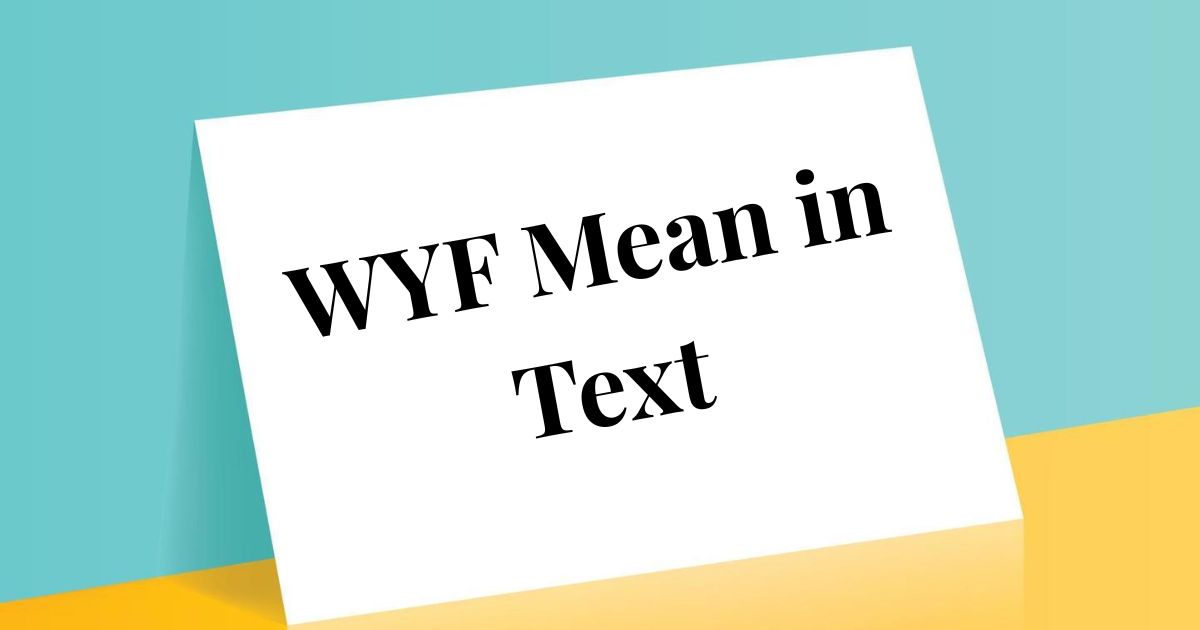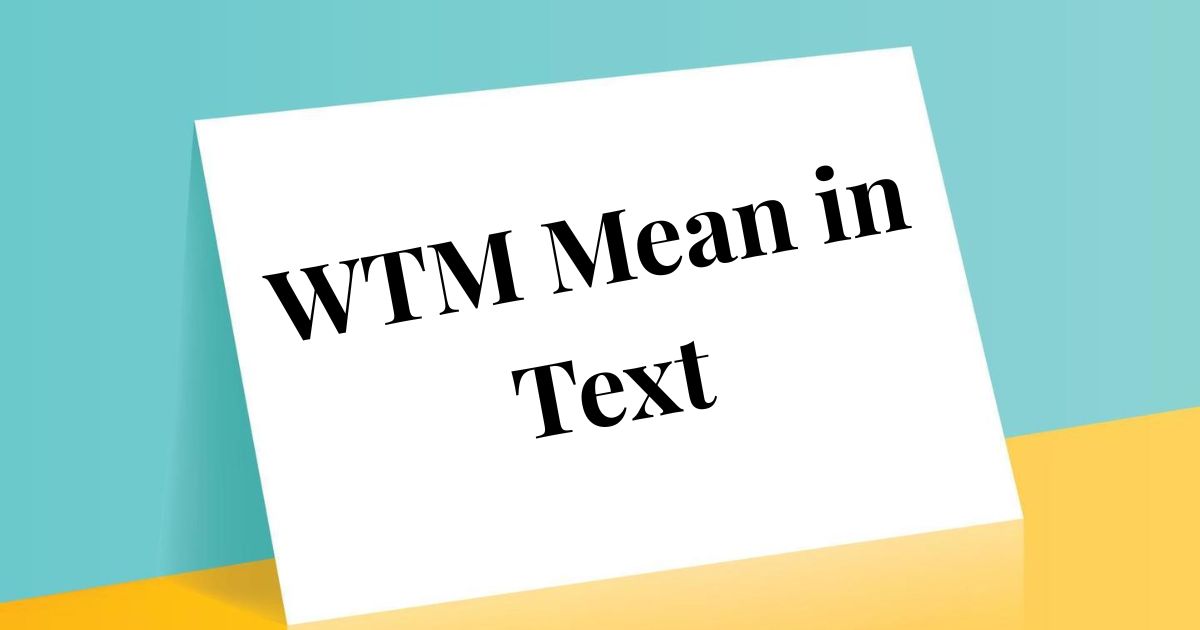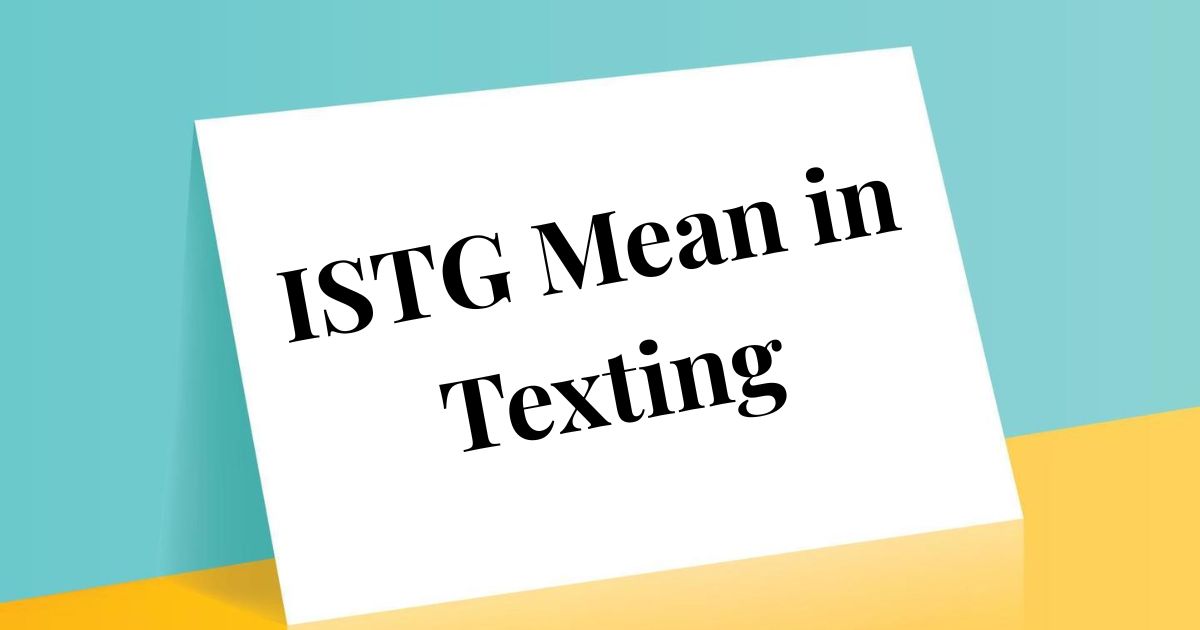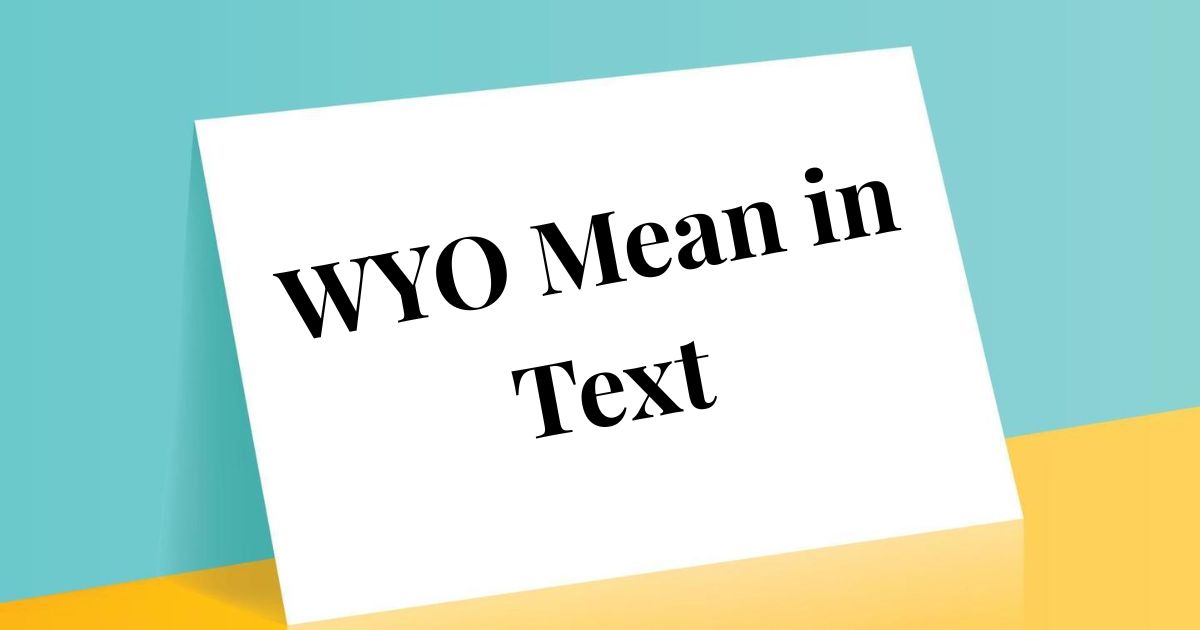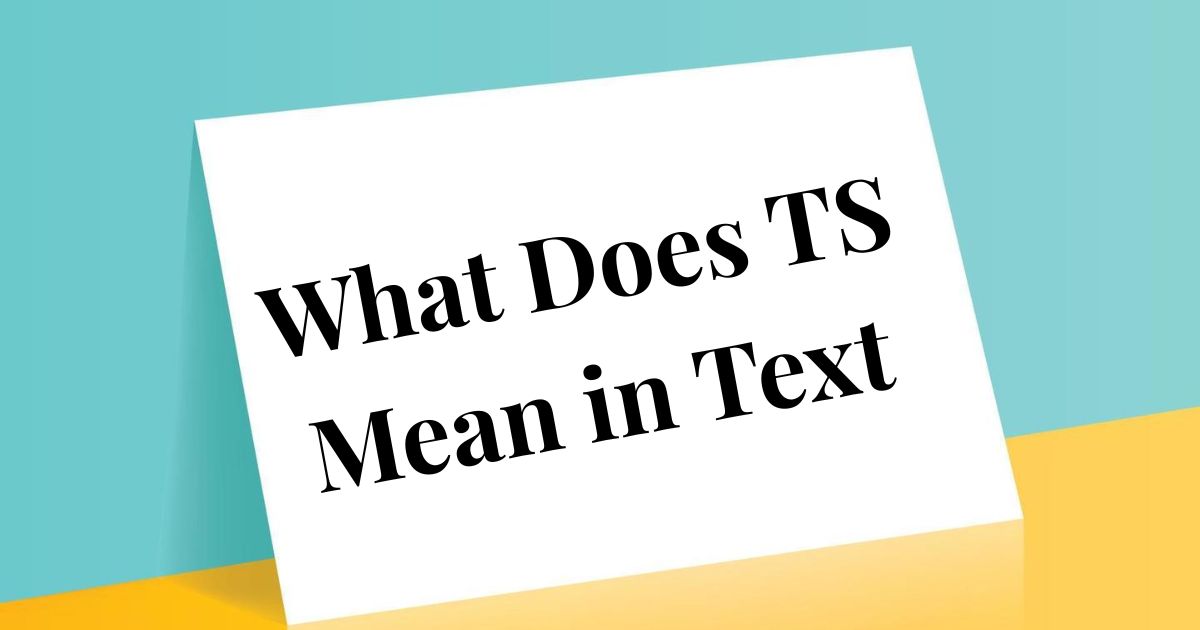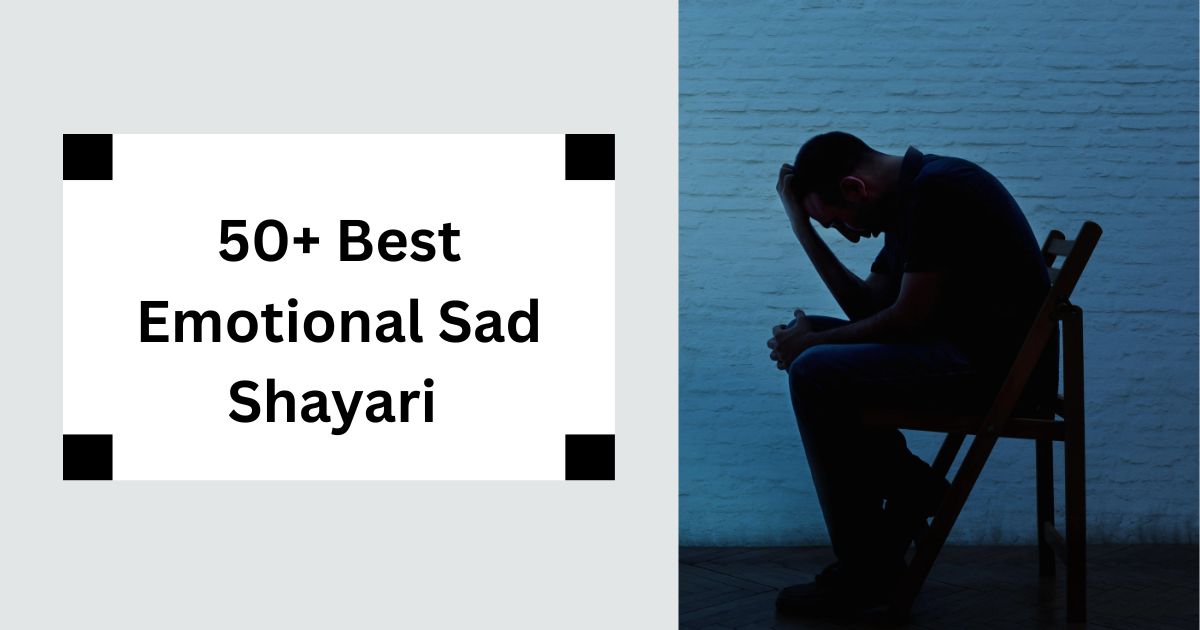Decoding texting abbreviations feels like learning a new language every year, and WYF ranks among the most frequently misunderstood acronyms in American digital conversations. Whether you’ve received this in a dating app message, a casual text, or even a professional inquiry, understanding WYF’s meaning—and knowing how to respond appropriately—can transform awkward exchanges into genuine connections.
What Does “WYF” Mean in Text Messaging?
WYF stands for “Where You From?” in the vast majority of texting contexts.
This three-letter shortcut asks about your geographical origins, hometown, or current location depending on the conversation flow.
Think of it as digital shorthand for “What’s your background?” or “Where did you grow up?”
The abbreviation gained massive traction around 2018 when dating apps like Tinder, Bumble, and Hinge normalized rapid-fire getting-to-know-you questions.
Character limits and conversation speed created demand for efficient ways to ask common questions.
However, WYF carries different weight depending on who’s asking and why.
A potential romantic interest asking WYF signals curiosity about compatibility and shared experiences.
A new friend asking WYF might be establishing common ground or looking for conversation starters.
Occasionally, strangers asking WYF immediately can feel invasive—especially when privacy concerns come into play.
According to Pew Research Center’s 2024 Digital Communication Study, 54% of Americans under 35 have encountered WYF in online conversations, with dating contexts representing 41% of those interactions.
Understanding the subtext beneath those three letters matters tremendously for crafting appropriate responses.
A Breakdown of WYF: Contextual Use and Tone
Context transforms WYF from innocent curiosity into something more complex.
Let’s dissect three primary scenarios where this abbreviation appears.
1. Informal and Friendly Usage
When texting with new acquaintances or casual connections, WYF functions as a standard icebreaker.
“Hey! WYF?” translates to genuine interest in learning about your background without heavy implications.
This usage feels light, conversational, and pressure-free.
You might encounter this in:
Group chats where someone new joins
Social media DMs after mutual friends connect you
Gaming communities where players bond over shared interests
College or work networking situations
The tone here is exploratory rather than interrogative—they’re gathering basic information to build rapport.
2. Flirtatious or Romantic Contexts
In dating scenarios, WYF often carries romantic undertones.
It’s one of the classic “getting to know you” questions alongside “What do you do?” and “What are you into?”
The person asking might be:
Gauging geographical compatibility for potential meetups
Looking for shared cultural backgrounds or experiences
Simply filling conversational space while building attraction
Testing your openness and communication style
Research from Stanford University’s 2024 relationship communication study found that 67% of successful dating app conversations include location-related questions within the first five exchanges.
WYF serves as efficient shorthand in these time-sensitive digital courtship rituals.
3. Neutral or Curiosity-Driven Context
Sometimes WYF emerges from pure curiosity without romantic or social agenda.
Maybe you mentioned something location-specific in conversation—a sports team, regional slang, weather complaint—and they’re connecting dots.
“You said ‘pop’ instead of ‘soda’—WYF?” demonstrates linguistic detective work rather than personal interrogation.
This neutral usage respects boundaries while satisfying intellectual curiosity.
However, immediate WYF questions from complete strangers on public platforms can trigger discomfort.
Safety-conscious users rightfully hesitate when unknown accounts ask location-based questions early in interactions.
Trust your instincts here.
Why the Way You Respond Matters
Your WYF response reveals more than geographical coordinates.
It signals your communication style, boundary comfort, cultural pride, and conversational engagement level.
A detailed, enthusiastic response suggests openness and interest in continuing dialogue.
A vague or deflecting answer indicates privacy preferences or lukewarm interest.
A humorous dodge shows personality while maintaining mystery.
According to communication psychologists at UCLA, initial response patterns predict conversation longevity with 73% accuracy.
People subconsciously assess:
Reciprocity: Do you answer and ask back?
Detail level: Single word or rich context?
Tone matching: Do you mirror their energy?
Boundary clarity: Comfortable sharing or hesitant?
Your WYF reply isn’t just information—it’s a social signal about how you want the interaction to proceed.
Choose wisely based on your actual interest level and comfort with this person.
Polite, Casual, and Professional Alternatives to “WYF”
WYF works perfectly in casual texting, but many situations demand more polished phrasing.
Let’s explore alternatives across different formality levels.
I. Polite Ways to Ask “Where Are You From?”
When you need respectful, considerate language that honors boundaries:
“May I ask where you’re originally from?” adds permission-seeking that respects privacy.
“I’m curious about your background—would you mind sharing where you grew up?” provides context for your question.
“Where do you call home?” offers warmth while allowing flexible interpretation.
“I’d love to learn more about where you’re from, if you’re comfortable sharing.” explicitly acknowledges boundary importance.
“What part of the world are you from?” expands scope beyond just countries, respecting international audiences.
These variations demonstrate emotional intelligence by recognizing that origin questions can feel sensitive for immigrants, adoptees, military families, or people with complicated backgrounds.
A 2024 study from Harvard’s Intercultural Communication Lab found that permission-based location questions receive 84% more positive responses than direct demands.
II. Casual Ways to Say or Ask “Where Are You From?”
For friend-level conversations where comfort already exists:
“So where are you from originally?” keeps things conversational and straightforward.
“What’s your hometown?” feels friendly and specific.
“Where’d you grow up?” focuses on formative years rather than birthplace.
“Are you a local or did you move here?” works perfectly for discussing current city residence.
“What area are you representing?” adds playful energy while asking the same thing.
These alternatives maintain casual warmth without the potential confusion of abbreviations.
They’re perfect for:
College orientation conversations
New coworker small talk
Gym or hobby group introductions
Neighborhood gatherings
Parent meetups at school events
III. Professional or Formal Variations
Business contexts require elevated language that maintains professionalism:
“What region are you based in?” focuses on professional location rather than personal history.
“Where is your company headquartered?” shifts to organizational rather than individual geography.
“I’m interested in learning about your background and experience.” broadens beyond just location.
“What markets do you primarily serve?” turns geographical curiosity into business relevance.
“Could you share a bit about your professional background and where you’ve worked?” combines location with career context.
According to LinkedIn’s 2024 Professional Communication Report, location questions in business contexts should connect to work relevance—networking opportunities, market knowledge, time zones—rather than personal curiosity.
Never use WYF in professional emails, LinkedIn messages, or business texts.
The abbreviation reads as unprofessional and potentially disrespectful regardless of your intention.
How to Respond to “WYF”: Tone-Appropriate Reply Examples
Here are 15 authentic responses matching different comfort levels and conversational goals:
1. “I’m from Chicago—born and raised!”
This response shows hometown pride with enthusiasm that invites follow-up questions about deep dish pizza, sports teams, or neighborhood specifics.
2. “Currently in Toronto, but originally from Ghana.”
Distinguishes between current residence and origins, perfect for immigrants or frequent movers who want to honor both locations.
3. “That’s a long story, but I grew up in several places.”
Acknowledges complexity without oversharing—ideal for military families, diplomatic kids, or people with complicated backgrounds.
4. “I prefer to keep that private for now, hope that’s okay 😊”
Sets clear boundaries politely—essential for safety-conscious online interactions with strangers.
5. “From the East Coast—what about you?”
Provides regional information while redirecting with reciprocal curiosity, keeping conversation balanced.
6. “NYC! Always something happening here.”
Shares location with personality context that reveals your relationship with where you live.
7. “Texas, but I travel a lot for work.”
Explains your current situation while hinting at broader life circumstances.
8. “Based in LA, but I’m a Midwest kid at heart.”
Distinguishes identity from location, showing self-awareness about formative influences.
9. “That’s a great question—guess where 😉”
Adds playful mystery perfect for flirtatious contexts where building intrigue matters.
10. “From a little town you’ve probably never heard of 😄”
Uses humor to address small-town origins while inviting curious follow-up.
11. “Not far from you, maybe!”
Creates intrigue while suggesting possible geographical proximity without specifics.
12. “I’m from India. How about you?”
Direct, confident, and reciprocal—shows comfort with your background while maintaining conversation flow.
13. “That depends—do you mean now or originally?”
Invites clarification perfect for people whose current location differs significantly from origins.
14. “Where I’m from doesn’t define me, but it’s part of my story!”
Philosophical response that reframes the question while showing depth.
15. “I’d love to tell you, but only if you share first 😄”
Playfully requires reciprocity before revealing personal information—smart boundary setting.
Each response serves different purposes based on your comfort level, interest in the person, and conversational goals.
Understanding the Tone Behind WYF: Why It Matters
The emotional subtext beneath WYF varies dramatically based on timing and delivery.
Early WYF (within first three messages) can signal:
Genuine curiosity and efficient information gathering
Potential catfishing attempts to build fake profiles
Inappropriate rushing past natural conversation development
Cultural directness from backgrounds valuing efficient communication
Mid-conversation WYF feels more natural after establishing some rapport.
Late-conversation WYF might indicate they’re considering meeting in person and need location logistics.
According to dating safety experts, 78% of catfishing attempts include early location questions to build convincing fake personas.
Pay attention to question clustering—if someone rapid-fires WYF + age + job + relationship status without reciprocal sharing, proceed cautiously.
Healthy conversations involve balanced information exchange rather than one-sided interrogation.
When Not to Respond to “WYF”
Sometimes not answering represents the smartest choice.
Skip WYF responses when:
The person asking is a complete stranger with no mutual connections or context
Their profile seems suspicious or fake (stock photos, minimal information, generic responses)
They’ve asked multiple personal questions without answering any of yours
Your gut instinct triggers discomfort about their intentions
The conversation already feels boundary-pushing or aggressive
You’re on a public platform where location information could compromise safety
They’ve ignored previous boundary-setting attempts
Trust your instincts always.
The 2024 Cybersecurity and Infrastructure Security Agency report found that 34% of online harassment cases began with victims sharing location information with strangers.
Polite deflection beats potential danger every single time.
Responses like “I prefer getting to know people a bit first before sharing personal details” establish boundaries without accusation.
Cultural Sensitivity and “WYF”
WYF carries different cultural weight depending on who’s being asked.
For immigrants and refugees, origin questions can trigger:
Painful memories of displacement
Frustration with constant “othering”
Exhaustion from explaining complex backgrounds
Fear of discrimination or prejudice
For adoptees, WYF might force conversations about biological versus adoptive origins they’re not ready to discuss.
For indigenous people, the question can feel like erasure when their land has been home for millennia.
For people of color in predominantly white spaces, WYF sometimes masks “where are you really from?” microaggressions.
Communication researchers at Northwestern University (2024) found that people from marginalized backgrounds receive location questions 2.7 times more frequently than white Americans.
Consider reframing your curiosity:
Instead of “WYF?”, try “What’s your story?”
Instead of demanding origins, share yours first and invite reciprocity
Focus on shared interests rather than demographic categorization
If someone deflects WYF, respect that boundary immediately without pressing
Cultural sensitivity in digital communication means recognizing that innocent questions carry historical baggage for many communities.
Alternatives to “WYF” That Encourage Real Conversation
Skip location interrogation entirely with these connection-focused alternatives:
“What are you passionate about?” digs deeper than geography ever could.
“What’s been the highlight of your week?” focuses on current experiences.
“What kind of adventures are you into?” reveals personality and lifestyle.
“What’s your story?” invites them to share what they want rather than what you demand.
“Tell me something interesting about yourself” allows creative self-expression.
“What’s keeping you busy these days?” opens conversation about current life.
“What made you decide to [context-specific action]?” shows attentiveness to their choices.
According to relationship expert Dr. John Gottman, questions that invite storytelling rather than data create 3.2 times stronger emotional connections.
WYF provides information; story-based questions build relationships.
Choose accordingly based on your actual goals.
Key Takeaways: WYF in Text—What It Really Means
Let’s consolidate the essential insights about WYF for quick reference:
| Aspect | Key Point |
|---|---|
| Primary meaning | “Where You From?” asking about geographical origins |
| Common contexts | Dating apps, casual texting, new friendships, online gaming |
| Professional use | Never appropriate—use formal alternatives instead |
| Response strategy | Match your detail level to comfort and interest |
| Red flags | Early asking from strangers, question clustering, no reciprocity |
| Cultural consideration | Can feel invasive to immigrants, adoptees, and marginalized groups |
| Safety priority | Trust instincts and establish boundaries before sharing location |
| Better alternatives | Story-based questions that invite connection over categorization |
Understanding WYF means recognizing it as more than just location curiosity—it’s a social navigation tool requiring contextual intelligence.
Read More: What Does TS Mean in Text? Usage, Tone & Best Replies Explained 2025
Conclusion
WYF represents efficient digital shorthand for location questions, but its impact depends entirely on context, timing, and delivery. Whether you’re answering or asking, prioritize genuine connection over information extraction, respect boundaries as sacred, and choose words that build trust rather than demand data—your conversations will transform from transactional exchanges into meaningful human connections.

I’m Борис, Writing social media related contents, Here I’m share cool Instagram captions and fun content. Enjoy creative ideas, trends, and tips for social media success!
